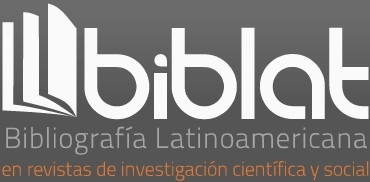The trickster dance.
DOI:
https://doi.org/10.35494/topsem.2003.2.10.362Abstract
Barbara Babcock-Abrahams tells us that "no figure in literature, oral or written, baftles us quite like the trickster." (1975: 147) When the trickster figure is seen as just another character in a mythic narrative or a motif in folklore, its often indeterminate origin, incarnate form, ambiguous character, and marginal behavior lead to confusion and laughter.
Trickster's undifferentiated character sends out mixed messages; the trickster figure forces us to look again and again at a pattern in multiplicity and a trajectory within the flow, and its indeterminate nature, incarDate variety, picaresque character, shifting behavior, and loosely connected narratives spin out a web that looks like the tricksterccan mean anything. Trickster is indeed confusing, and this paper will address some ofthe range and limitations ofthese uses of trickster by trying to center the trickster figure in a semiotic process.
Downloads
Downloads
Published
How to Cite
Issue
Section
License

Tópicos del Seminario is licensed under a Creative Commons Reconocimiento-NoComercial-CompartirIgual 4.0 Internacional License.














